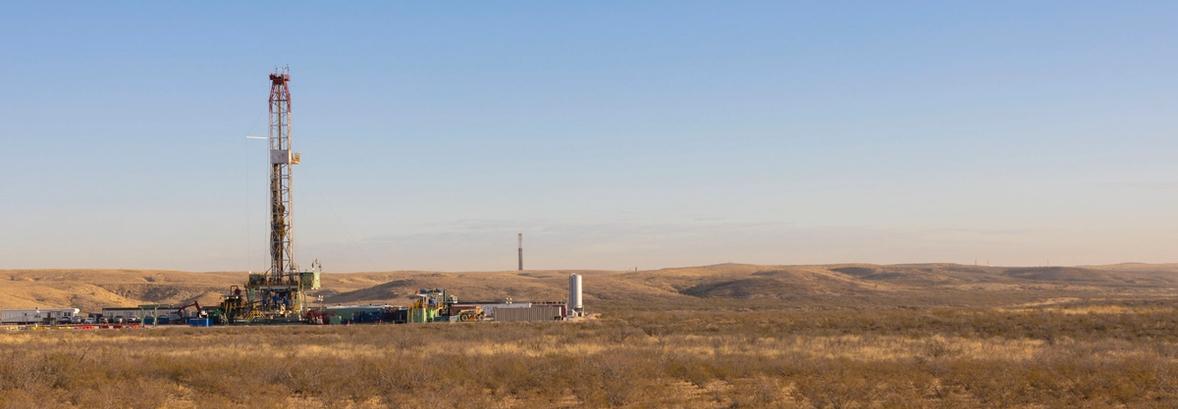

Climate Change: Risks - Regulatory
Our primary strategies for managing regulatory risk are applying technologies and techniques to reduce emissions, participating in voluntary industry initiatives to reduce emissions, monitoring proposed regulatory or legislative changes and engaging in the regulatory and legislative process at all levels of government.
Although regulatory risks are uncertain, these developments could: set limits on emitted GHGs; reduce the demand for crude oil, condensate, natural gas liquids and natural gas; increase costs to operate and maintain our facilities; limit future development opportunities; require installation of new emissions controls or participation in potential GHG or carbon trading or tax programs and delay obtaining air pollution permits for our new or modified facilities. Marathon Oil monitors and prepares for regulatory changes that could impact our business and has implemented mitigation practices that help ensure resilience to a number of regulatory and legislative scenarios. These are discussed elsewhere in this report.
Managing Weather-related Risks
Scientists have concluded that the increase in GHGs in the earth’s atmosphere produces climate changes that can have significant outcomes. These includes chronic physical results like frequent and severe droughts and higher sea levels, in addition to acute physical risks like increased frequency and severity of storms and floods. If any of these occur in our operating areas, we could experience safety or environmental impacts, downtime, damaged equipment or other incidents at our sites. We continue to manage weather-related risks locally through our asset teams and our Centralized Emergency Response Team. In 2023, we selected a third-party consultant to conduct a physical risk assessment and provide a clearer picture of what climate models indicate the potential risks could be for each of our assets due to drought, flooding, sea-level rise and severe storms. The assessment was done to mirror our short-cycle risk assessment process, part of our Enterprise Risk Management process, and extend out for long-term (2050) analysis of physical risk. Water Stewardship and Emergency Response are discussed elsewhere in this report.
Managing Value Chain Risk
Our value chain is subject to some of the same climate-related risks as Marathon Oil, and we manage these largely through contractual risk allocation and other terms and conditions. We maintain a diverse set of critical suppliers and service providers to help ensure competitiveness and flexibility. We constantly evaluate ways to be more efficient and nimbler in managing our value chain, including through business interruption planning and vertical integration such as self-sourcing specific goods and services.
How are we doing?
Your opinion matters. Please take a moment to let us know how useful you find the content on this page.
If you’d like to give us your feedback on the entire report, please fill out the complete survey for the 2022 report.



















